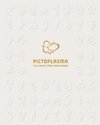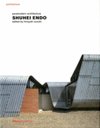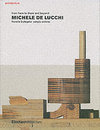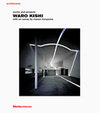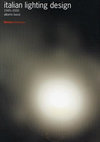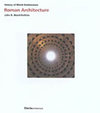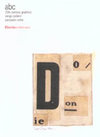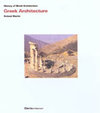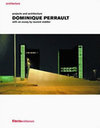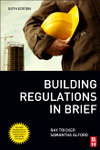
-
 Anglický jazyk
Anglický jazyk
Origin and Development of Dougong and Zaojing in Early China
Autor: Jing Xie
This book focuses on two significant architectural elements in traditional Chinese buildings, that is, dougong and zaojing. Dougong is a bracket set often sitting above columns and beams as a key component in the great buildings and tombs of imperial China.... Viac o knihe
Na objednávku, dodanie 2-4 týždne
31.86 €
bežná cena: 35.40 €
O knihe
This book focuses on two significant architectural elements in traditional Chinese buildings, that is, dougong and zaojing. Dougong is a bracket set often sitting above columns and beams as a key component in the great buildings and tombs of imperial China. Variously translated as "caisson," "cupola," and "lantern ceiling," zaojing is a specially constructed coffered ceiling, often profusely decorated with carvings and colourful paintings in various motifs. As sumptuary laws from imperial China stipulated, dougong (in its multiple form) and zaojing used to be constructed only in the great halls of royal palaces and major religious temples. There is ceaseless research on dougong and zaojing by modern architectural scholars. This is also facilitated by the heated architectural heritage conservation movement in contemporary China. As unique features that define the characteristics of Chinese traditional architecture, dougong and zaojing not only widely appear in numerous counterfeit historic structures, but are also creatively revived in many cultural and commercial buildings. This book inquiries about the origin of dougong and zaojing in the Chinese Bronze Age, and their heavenly interpretation in the Han dynasty (206 BCE-220). Compared to their later technically oriented development during the Tang to the Qing dynasties (c. 618-1912), and their modern preservation and innovative reinterpretation, the rich cultural meanings originally embodied in dougong and zaojing have almost disappeared. If the important architectural elements dougong and zaojing are taken for granted as a defining identity of Chinese traditional architecture, then they are feebly reflected in modern architecture practice as a mere visual element. Considering the transcendental quality that dougong and zaojing had in the Han dynasty in effectively expressing a mystical and magical world-view, there is a tangible loss of Chinese architectural heritage today.
- Vydavateľstvo: Anthem Press
- Rok vydania: 2023
- Formát: Paperback
- Rozmer: 229 x 152 mm
- Jazyk: Anglický jazyk
- ISBN: 9781785279423


